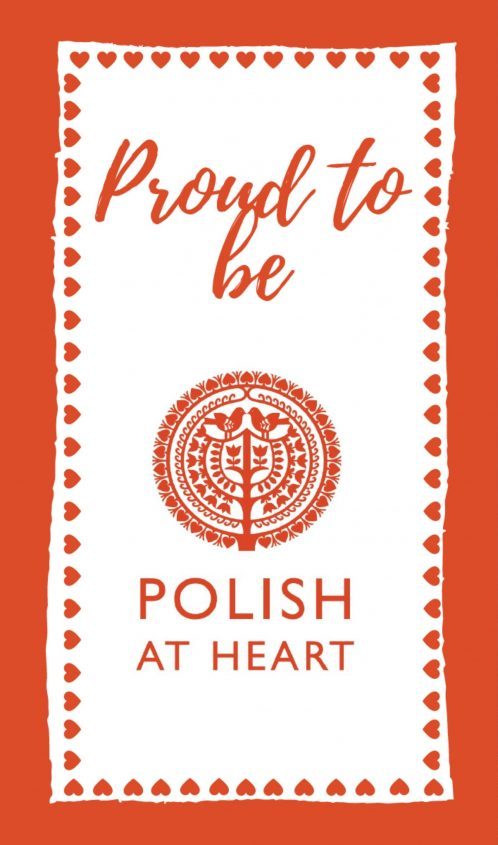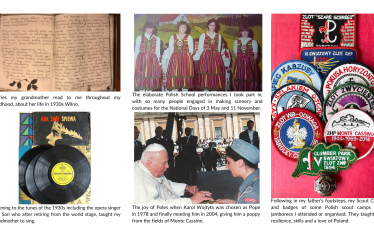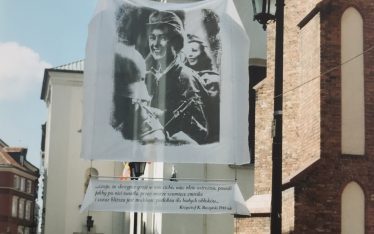The Polish National Anthem – Mazurek Dąbrowski – has a rich heritage drawn from battles throughout Poland’s history. It’s 225 years since it was written by Józef Wybicki in northern Italy during the Napoleonic period and 275 years since he was born in northern Poland. Sadly it was another 130 years before it was chosen as the official anthem, though for 121 of these Poland had been wiped off the European map. Here’s five things you may not know.
Jeszcze Polska nie zginęła kiedy my żyjemy – Poland has not yet perished, so long as we still live.
Co nam obca przemoc wzięła, szablą odbierzemy – What the foreign force has taken from us, we shall with sabre retrieve.
One: Italy
Much like Russia’s current invasion of areas of Ukraine, Poland had been invaded from three sides over three waves by Russia, Prussia and Austria, swallowing up the whole country by 1795. An unsuccessful uprising against Russia and Prussia led by General Tadeusz Kościuszko in 1794 resulted in many men, mainly peasants but also political activists and soldiers fleeing to France. Amongst them was Józef Wybicki, a former politician, poet, writer and supporter of the last King Stanisław Poniatowski. Persuading Henryk Dąbrowski to emigrate, they initiated talks with Napoleon Bonaparte to form Polish Legions fighting alongside the French against the Prussians under a banner of “free men are brothers”.
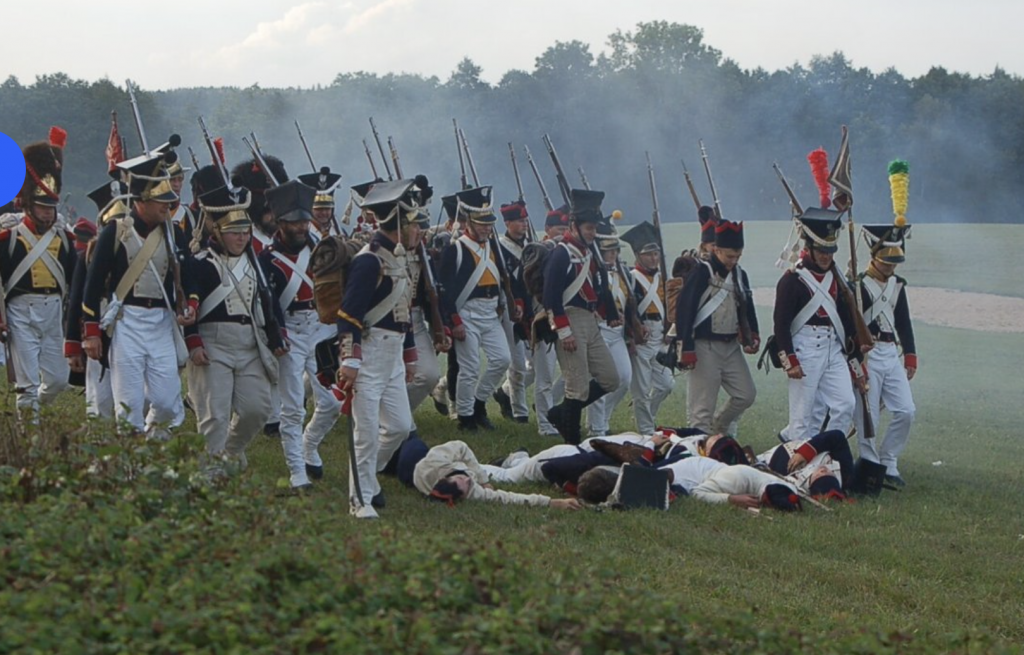
Joanna Surazyńska: www.koscierzyna.naszemiasto.pl
Chorus: Marsz, Marsz, Dąbrowska, z ziemi Włoskiej do Polski – March, march, Dąbrowski, from Italy to Poland
Za twoim przewodem, złączym się z narodem – Under your command, we shall rejoin the nation.
Two: False hope
The hope that this fight would help them regain Polish lands was fierce.Yet the struggle had its moral difficulties as the French also occupied lands under this banner of liberty, suppressing uprisings in the northern states of what is now Italy. It was in 1797 that Wybicki wrote the words to a mazurka of unknown origin in Reggia d’Emilia. It is thought that it was sung for the first time during the farewell of the Legions marching out of the city to reach Poland through the Balkan Peninsula and Austrian controlled Galicia. However, Napoleon signed an armistice with Austria and the Legions remained in Italy. Some of the Poles were handed over to the Austrians, others died in battles for the French as far away as Haiti. Starting with just over 1000 men, the Legions would eventually number between 20,000 and 30,000 when Napoleon marched on Moscow in 1806 but many perished in foreign lands. Wybicki’s Dąbrowski Mazurka with a sprightly tune, warmed the hearts of the soldiers as soon as it was written and spread quickly amongst the troops and in Poland.
We’ll cross the Vistula, we’ll cross the Warta, We shall be Polish.
Bonaparte has given us the example of how we should prevail.

Henryk Dąbrowski and Józef Wybicki arriving in Poznań 1806: Wikipedia Commons
Three: the verses
The first verse of the anthem refers to the last partition of Poland in 1795, the second, the hopes of the soldiers in Bonaparte’s army to restore an independent Poland.
Like Czarniecki to Poznań after the Swedish annexation,
To save our homeland, we shall return across the sea.
The third stanza refers to Stefan Czarniecki, pushing back the Swedes in the 17th century capturing the Swedish island of Als and the fourth is the hopes of Poles at home waiting for Polish troops to arrive. There were two other verses in the original – one about how to overcome the enemy, the other about Kościuszko.
A father, in tears, says to his Basia
Listen, our boys are said to be beating the tarabans.
All of the lyrics will have also felt like they were written for Polish soldiers in both World Wars. In World War I, conscripted into the Austrian army, 60,000 Poles were taken to Italy as Prisoners of War. As the Austrian empire fell apart these soldiers joined Haller’s Blue Army to reach Poland and fight for its independence. Also for the II Polish Corps advancing in Italy, hoping in vain that their ferocious battles against the Germans would return them to a free Poland. For the full Polish version click here.
Four: fierce competition
When Poland finally regained its independence in 1918, it was some years before Mazurek Dąbrowski was officially recognised as the anthem. It faced stiff competition with other songs such as Rota written by Maria Konopnicka (about German oppression), the hymn Boże Coś Polskę (God thou hast Poland), and My Pierwsza Brygada (the World War I First Brigade) amongst others. Given each political parts had their favourite, the Mazurka was old enough not to have these connotations and was finally enshrined in law in 1927.
Five: standing to attention?
According to the constitution of the Republic of Poland, the anthem should be performed or played in a manner ensuring its due honor and respect. In particular, it is forbidden to perform the hymn with an altered melody or text.
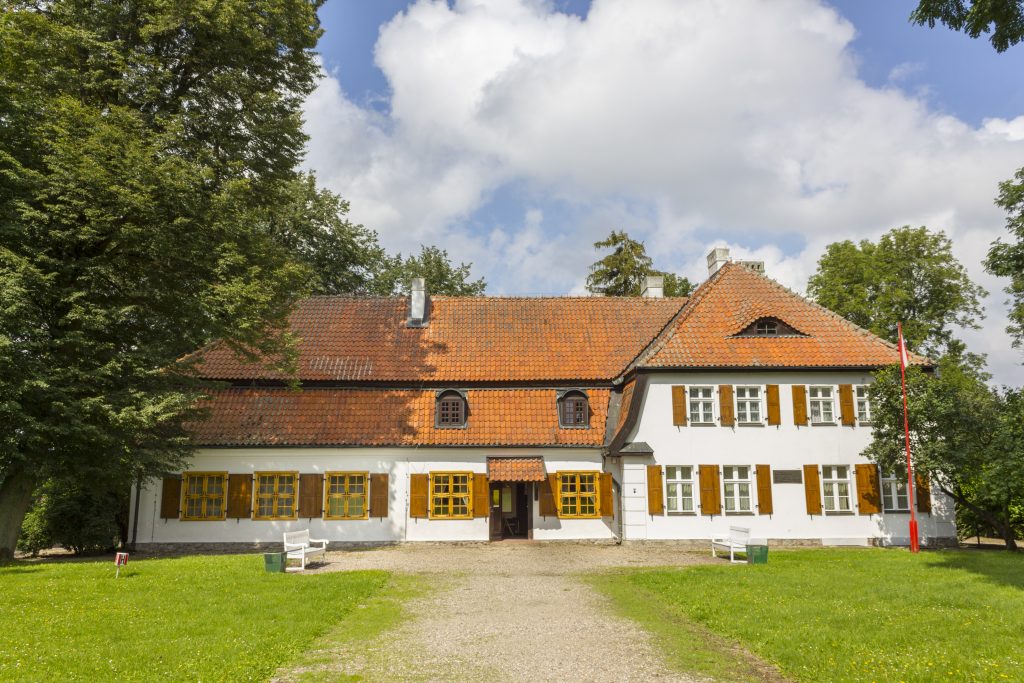
Marcin Michalczyk / Shutterstock.com
And if you are ever in the Kaszuby region, there is a museum in Będomin, east of Kościerzyna, dedicated to to national anthem in Józef Wybicki’s dworek (mansion).
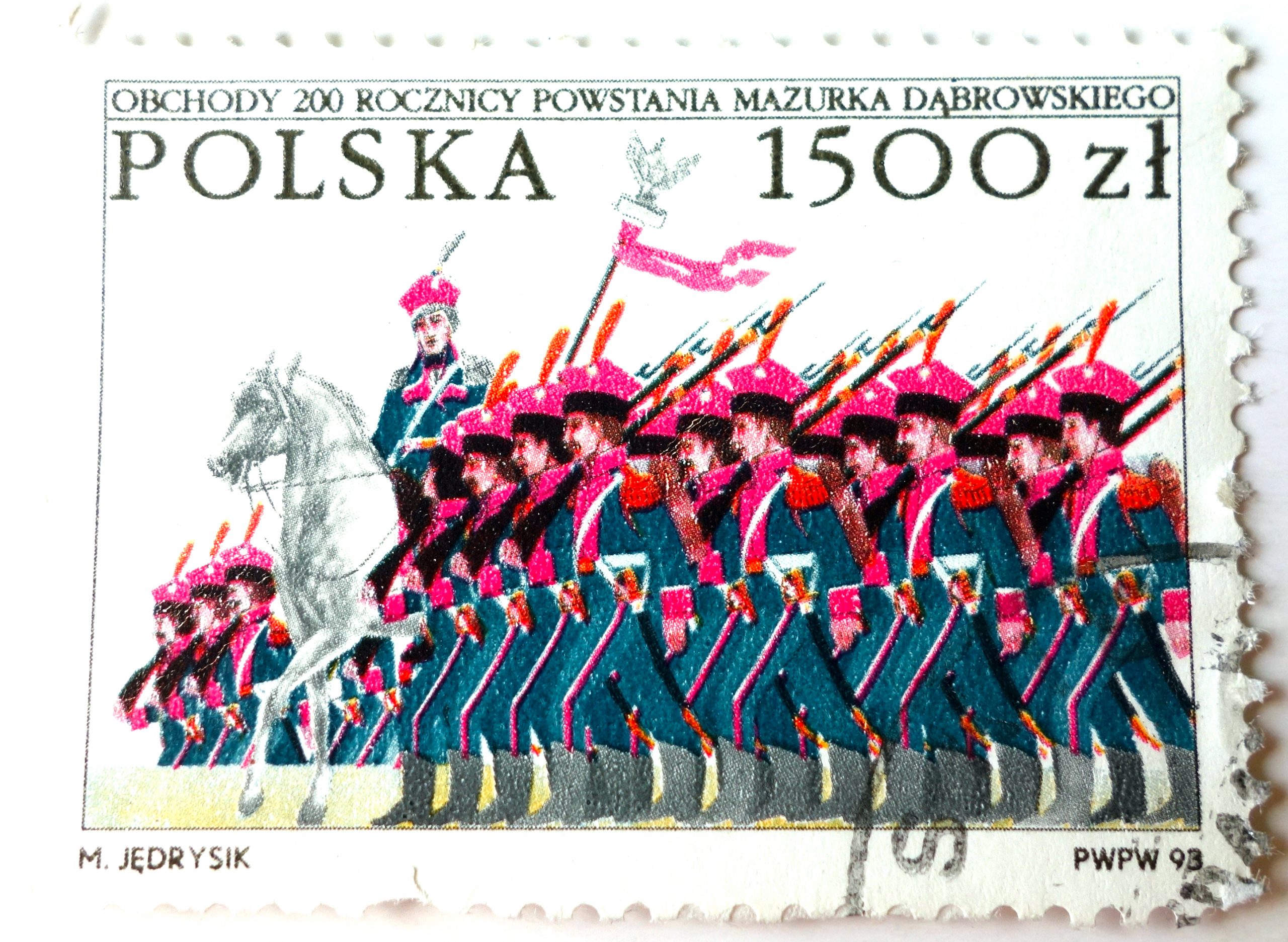

 1.Tracing Family History pre-WW2
1.Tracing Family History pre-WW2 2. Tracing Family History WW2
2. Tracing Family History WW2